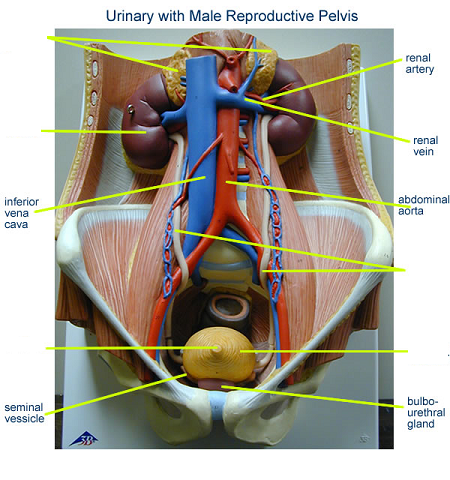
Identify the missing parts.
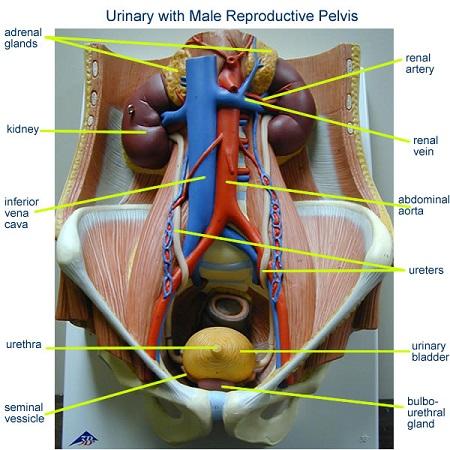
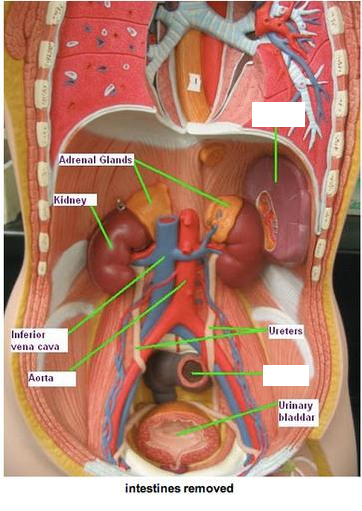
Identify the missing part.
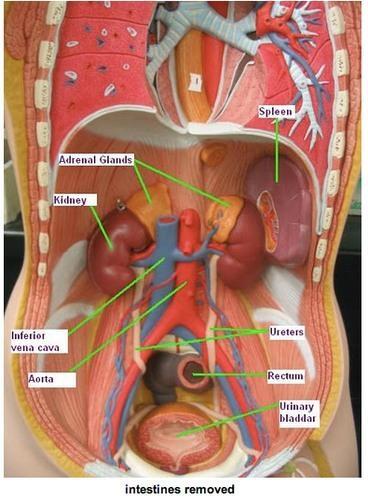
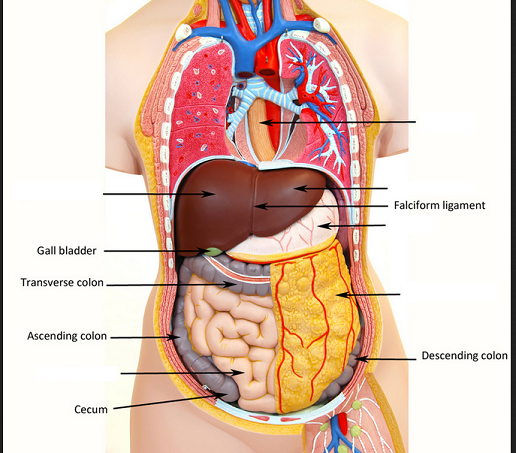
Identify the missing parts.
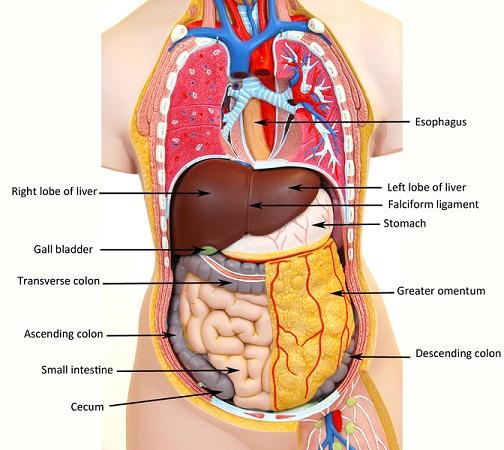
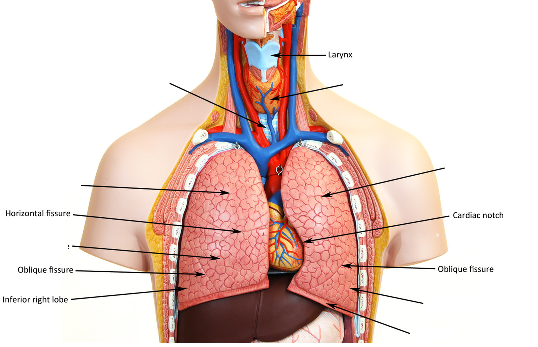
Identify the missing parts.
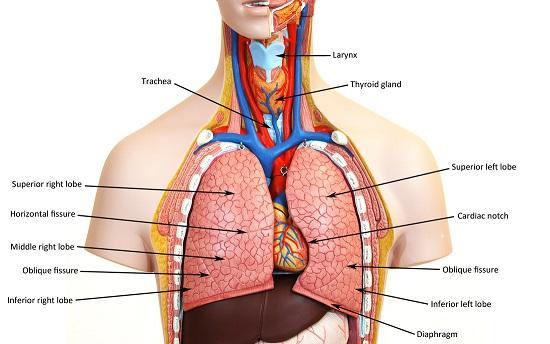
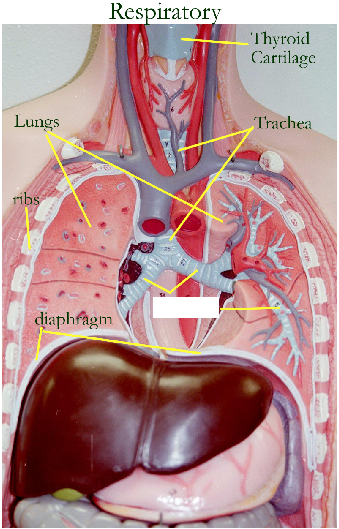
Identify the missing part.
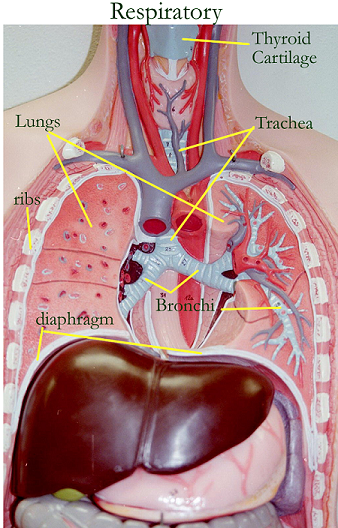
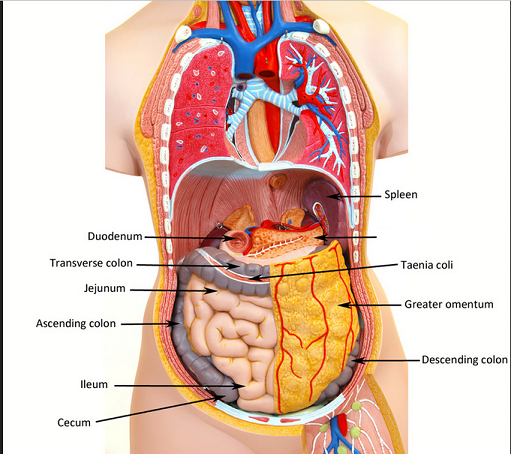
Identify the missing part.
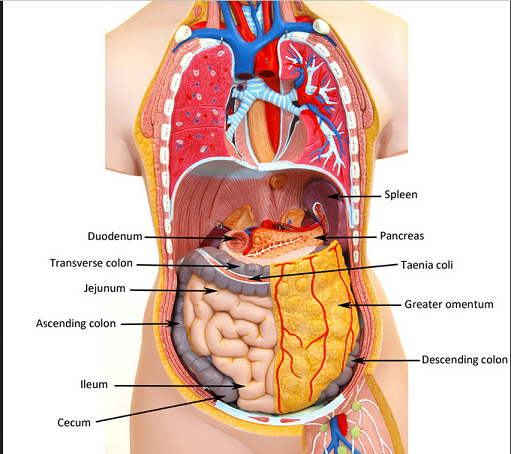
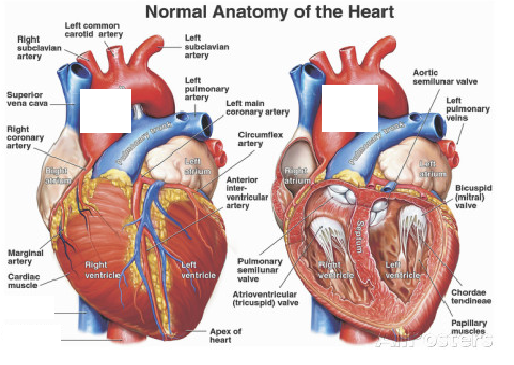
Identify the missing parts.
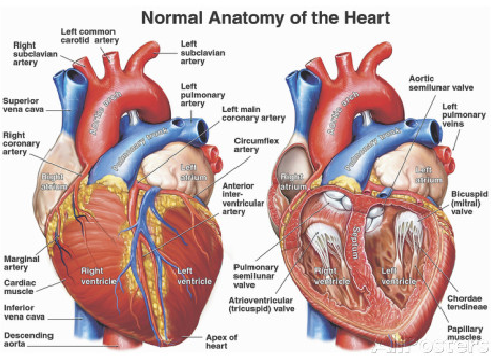
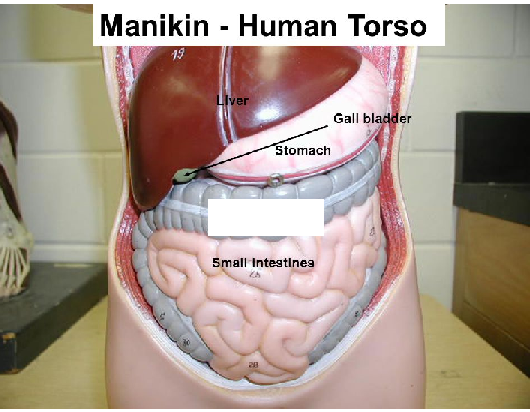
Identify the missing part.
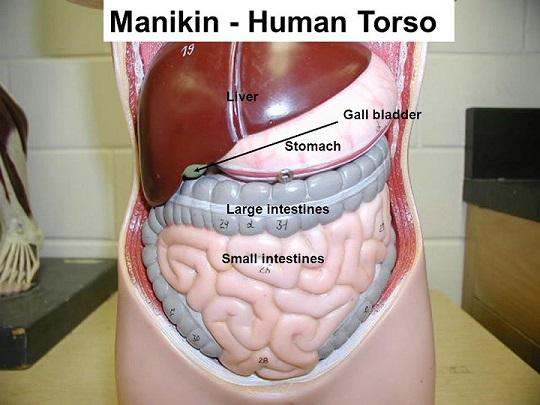
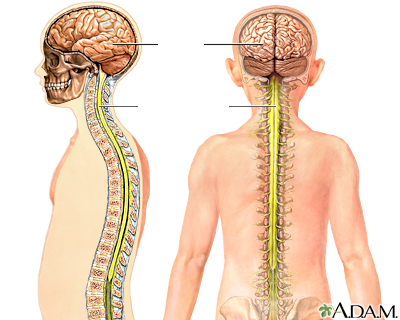
Identify the missing parts.
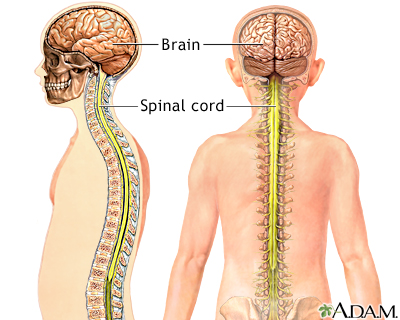
Glands, _____, and _____ and ______ make up the integumentary system.
sense organs, epidermal and dermal regions
What 5 major parts make up the skeletal system?
1. bones
2. cartilages
3. tendons
4. ligaments
5. joints
What major component makes up the muscular system?
muscles
What 4 major parts make up the nervous system?
1. brain
2. spinal cord
3. nerves
4. sensory receptors
What 6 glands and 3 major parts make up the endocrine system?
1. pituitary
2. thymus
3. thyroid
4. parathyroid
5. adrenal
6. pineal
7. ovaries
8. testes
9. pancreas
What 3 major parts make up the cardiovascular system?
1. heart
2. blood vessels
3. blood
What 6 major parts make up the lymphatic/immune system?
1. lymphatic vessels
2. lymph nodes
3. spleen
4. thymus
5. tonsils
6. lymphoid tissues
What 6 major parts make up the respiratory system?
1. nasal passages
2. pharynx
3. larynx
4. trachea
5. bronchi
6. lungs
What 9 major parts make up the digestive system?
1. oral cavity
2. esophagus
3. stomach
4. small intestines
5. large intestines
6. accessory structures in the teeth
7. salivary glands
8. liver
9. pancreas
What 4 major parts make up the urinary system?
1. kidneys
2. ureters
3. bladder
4. urethra
What 5 major parts make up the reproductive system in males?
1. testes
2. prostate
3. scrotum
4. penis
5. duct system (carrying sperm to the body exterior)
What 5 major parts make up the reproductive system in females?
1. ovaries
2. uterine tubes
3. uterus
4. mammary glands
5. vagina
What are the 4 functions of the integumentary system?
1. protects deeper organs from injury and dessication
2. excretes salts and urea
3. regulates body temperature
4. produces vitamin D
What are the 4 functions of the skeletal system?
1. supports the body and protects internal organs
2. provides lever for muscular action
3. cavities provide a site for blood cell formation
4. stores minerals (i.e. calcium)
What are the 2 functions of the muscular system?
1. primary function is to contract or shorten, allowing for locomotion and use of limbs
2. generates heat
What are the 2 functions of the nervous system?
1. detects changes in internal and external environment
2. maintains homeostasis of the body via neuronal communication
What are the 3 functions of the endocrine system?
1. maintains homeostasis
2. promotes growth
3. produces hormones
The cardiovascular system transports blood with what 6 things throughout the body?
1. Oxygen
2. Carbon dioxide
3. Wastes
4. Nutrients
5. Antibodies
6. Protein molecules
What are the 3 functions of the lymphatic/immune system?
1. picks up leaked fluid from the blood vessels and returns it to the blood
2. cleanses blood of pathogens and other debris
3. houses lymphocytes that start the immune response
What are the 2 functions of the respiratory system?
1. keeps the blood supplied with oxygen and simultaneously removing carbon dioxide
2. contributes to acid-base balance of the blood
What are the 2 functions of the digestive system?
1. breaks down foods into smaller particles
2. excretes undigested foods as feces
What are the 2 functions of the urinary system?
1. rids the body of nitrogen-containing wastes
2. maintains water, electrolyte, and acid-base balance of the blood
What is the main function of the male reproductive system?
1. provides sperm
What are the 3 functions of the female reproductive system?
1. provides eggs
2. houses the developing fetus until birth
3. mammary glands provide nutrition for infant
Match the listed terms below with their corresponding organ systems.
1. adrenal glands
2. aortic arch
3. brain
4. bronchi
5. descending aorta
6. diaphragm
7. esophagus
8. greater omentum
9. heart
10. inferior vena cava
11. kidneys
12. large intestine
1. endocrine
2. cardiovascular
3. nervous
4. respiratory
5. cardiovascular
6. respiratory
7. digestive
8. digestive
9. cardiovascular
10. cardiovascular
11. urinary
12. digestive
Match the listed terms below with their corresponding organ systems.
13. liver
14. lungs
15. pancreas
16. rectum
17. small intestine
18. spinal cord
19. spleen
20. stomach
21. thyroid gland
22. trachea
23. ureters
24. urinary bladder
13. digestive
14. respiratory
15. digestive
16. digestive
17. digestive
18. nervous
19. lymphatic
20. digestive
21. endocrine
22. respiratory
23. urinary
24. urinary
Adrenal gland secretes what two functions?
Secretes two excitatory hormones in the fight or flight response: norepinephrine and epinephrine.
Aortic arch function?
Transfers oxygenated blood from the left ventricle of the heart to the descending aorta.
4 functions of the brain?
1. Complex neural functions (i.e. intelligence, memory, sensory-motor integration)
2. Life-sustaining activities
3. Maintains internal environment
4. Innerves the head
2 functions of the bronchi?
1. Connects the trachea to the alveoli sacs.
2. Warms and moistens air.
Function of the descending aorta?
Transfers oxygenated blood originally from the left ventricle of the heart to the rest of the body.
2 functions of the diaphragm?
1. Separates the thoracic cavity from the abdominopelvic cavity.
2. Prime mover of inspiration by flattening on contraction.
Function of the esophagus?
Moves food bolus to the stomach through peristaltic waves.
2 functions of the greater omentum?
1. Connects the stomach to the posterior abdominal wall.
2. Limits the spread of infection in the peritoneal cavity.
2 functions of the heart?
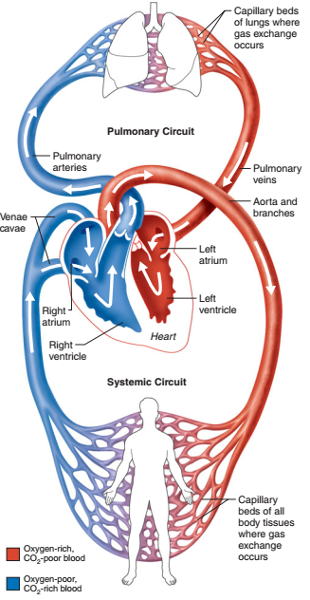
1. Right side pumps deoxygenated, CO2-rich blood through the pulmonary circuit.
2. Left side pumps oxygenated, CO2-poor blood through the systemic circuit.
Function of the inferior vena cava?
Returns deoxygenated blood to the right atrium of the heart from all regions inferior to the diaphragm.
2 functions of the kidneys?
1. Filters toxins, metabolic wastes, excess water, excess ions, and nitrogen wastes out of the body through urine.
2. Returns needed substances from the filtrate to the blood.
2 functions of the large intestine?
1. Absorb water and electrolytes from digested food.
2. Moves undigested food to the rectum through mass peristaltic movements.
6 functions of the liver?
1. Produces bile to break up fatty foods.
2. Stores glucose as glycogen.
3. Processes fats and amino acids.
4. Stores certain vitamins.
5. Detoxifies many poisons and toxins in the blood.
6. Makes the blood proteins.
Main function of the lungs?
Oxygenate the blood and remove carbon dioxide at the alveoli sites.
2 main functions of the pancreas?
1. Secrete glucagon to signal the liver to release glucose when blood glucose levels are low.
2. Secretes insulin to signal most cells and liver cells to store glucose as glycogen when blood glucose levels are high.
Main function of the rectum?
Connects to the sigmoid colon and generates muscle contractions for defecation.
3 main functions of the small intestine?
1. Enzymatic digestion.
2. Absorption of most nutrients.
3. Moves undigested food to the large intestine through peristalsis.
3 main functions of the spinal cord?
1. Sensory and motor innervation of the entire body inferior to the head.
2. Provides a two-way conduction pathway for signals between the body and brain.
3. Major control center for reflexes.
4 main functions of the spleen?
1. Removal of bloodborne antigens.
2. Destruction of old or defective blood cells.
3. Hematopoiesis of the fetus.
4. Stores blood platelets.
3 main functions of the stomach?
1. Churns food into chyme.
2. Secretes pepsin to break food proteins.
3. Absorbs water, electrolytes, and some drugs (like aspirin and alcohol).
2 main functions of the thyroid gland?
1. Secretes thyroid hormone to increase the basal metabolic rate (i.e. transforming nutrients to energy).
2. Secretes calcitonin to lower high blood calcium levels by slowing calcium-releasing activities of bone osteoclasts and increasing calcium secretion of the kidneys.
Main function of the trachea?
Transfers air from the larynx to the bronchi.
Main function of the ureters?
Transfers urine from the kidneys to the urinary bladder through peristaltic waves.
2 main functions of the urinary bladder?
1. Stores urine.
2. Expels urine.